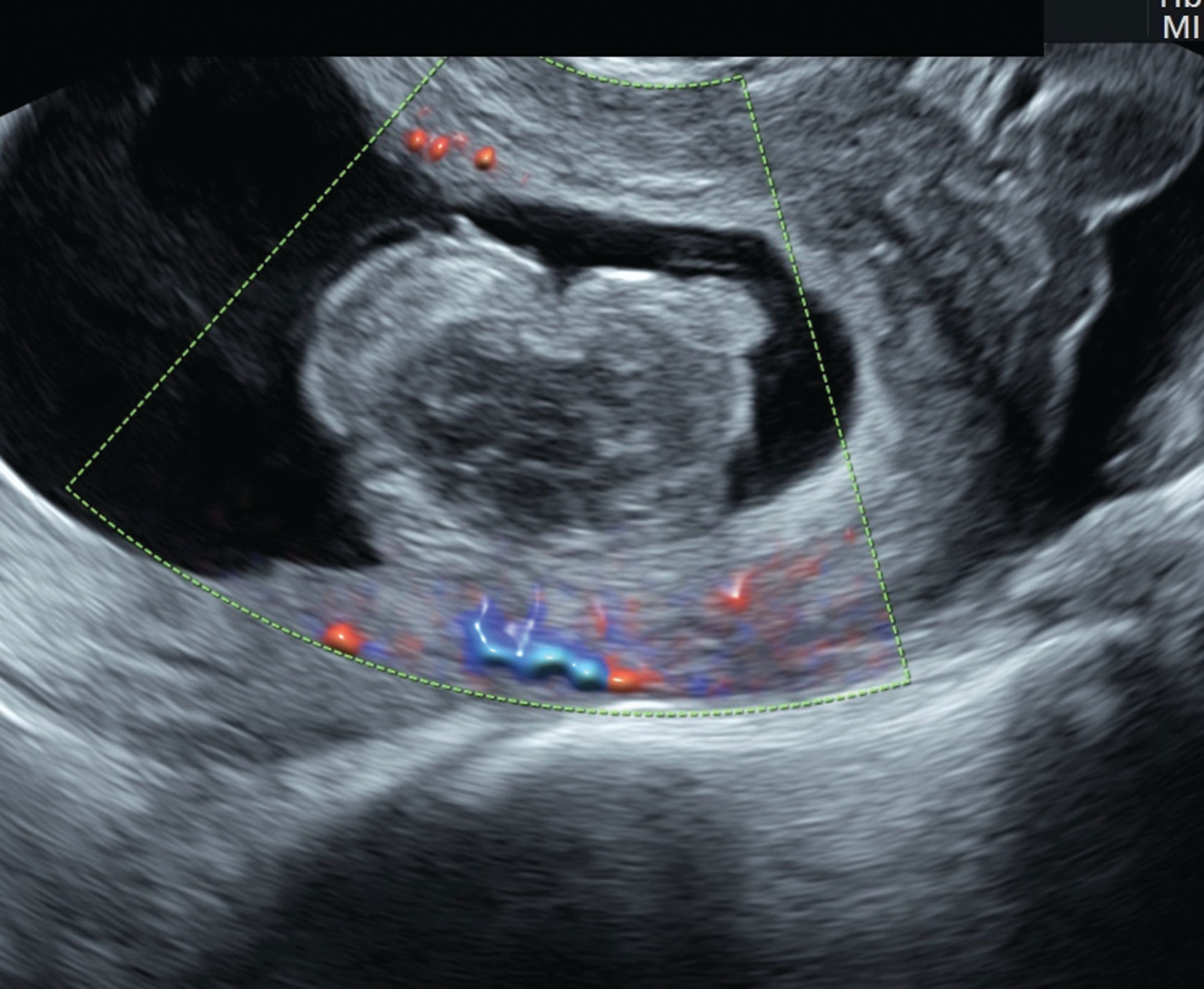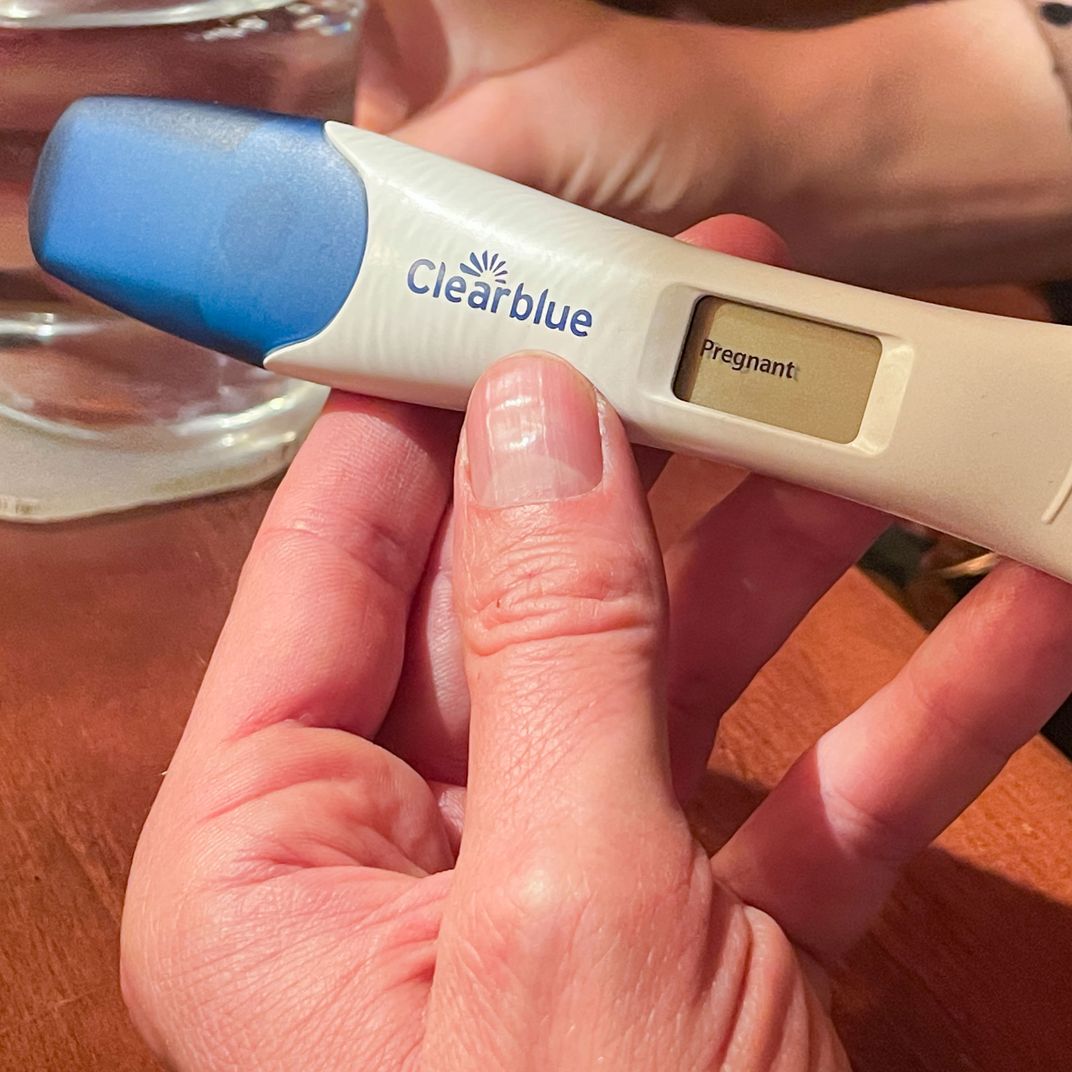Are you prepared for the emotional and physical realities of early pregnancy loss? Navigating the experience of a miscarriage, particularly when considering the visual aspects, can be profoundly challenging, but understanding the process can offer a measure of preparedness and solace during a difficult time.
There are different kinds of miscarriages, and understanding these can help shed light on the broader spectrum of early pregnancy loss. One type is known as a biochemical pregnancy, often occurring before the sixth week of gestation. These early losses can be especially poignant, as they sometimes happen before a woman is even certain she is pregnant. The emotional impact, however, is no less significant. Further, its crucial to remember that early miscarriage refers to the loss of a pregnancy within the first trimester, a time when the developing embryo is particularly vulnerable.
The majority of early miscarriages occur before the pregnancy reaches 10 weeks. This means the earlier the miscarriage, the less likely it is that you will see fetal or placental tissue. Often, if the loss occurs before eight weeks, the expelled tissue will appear similar to heavy menstrual bleeding. However, as the pregnancy progresses, the physical experience of a miscarriage can change. For example, as the fetus develops, there might be more noticeable bleeding and tissue loss. This is why, depending on how far along the pregnancy has developed, the expelled matter may include blood clots, embryonic tissue, and parts of the gestational sac.
- Viral Pastor Brandon Biggs Predicted Trump Assassination Attempt
- Taylor Simone Ledward Chadwick Bosemans Wife Life Legacy
| Category | Details |
|---|---|
| Types of Miscarriage |
|
| Common Timings |
|
| Physical Manifestations |
|
Reference: Mayo Clinic - Miscarriage
The experience of a miscarriage can also vary in intensity. It can sometimes resemble a period, albeit potentially more intense, with heavier bleeding. Some individuals experience cramping followed by several hours of heavy bleeding. In these situations, one might observe clots and possibly gray or white tissue. Understanding these physical signs is a crucial step in processing the experience.
The visual aspect of a miscarriage, specifically, is often the focus of conversations concerning miscarriage tissue pictures at six weeks. This can be a sensitive but vital topic, as it provides a glimpse into what one might expect physically during this sensitive time. The photos, which can include blood clots, pregnancy tissues, and placental parts, offer a stark reality of early pregnancy loss. However, its essential to approach these images with care and to understand that only doctors, with the help of an ultrasound scan, can fully assess a specific situation and differentiate between vaginal bleeding and a miscarriage.
- Prmovies Alternatives Streaming And Legal Insights Find Out Now
- Aditi Mistry Share Videos More Updates App Info
For those undergoing a miscarriage, the bleeding may begin as light spottingpink, red, or brownand progressively increase in intensity. It can sometimes start suddenly and heavily, particularly in later stages of pregnancy. While the topic of abortion is often discussed in tandem, it is crucial to recognize that it is restricted in many US states, including those where the procedure is illegal at any stage of pregnancy. While most abortions in the US take place before the embryo is visible to the naked eye, the experience of a miscarriage is distinct.
When considering early pregnancy loss, it is important to remember that support is available for you and your partner. Numerous resources can offer assistance with the signs and causes of miscarriage, how to deal with the event, and coping after early pregnancy loss. Learning about the experience can help those who are going through this navigate through the physical and emotional phases of the experience, allowing them to feel more prepared and less isolated. It is essential to acknowledge the emotional impact of miscarriage. After all, it is a hard and sad experience, no matter when it occurs.
Regarding the possibility of seeing fetal tissue, remember that the earlier the miscarriage, the less likely it is youll see it. At six weeks, what is passed during a miscarriage may consist of a combination of blood clots, embryonic tissue, and the gestational sac. Several studies shed light on miscarriage rates at different stages of pregnancy: one study noted a miscarriage rate of 9.4 percent at 6 weeks, 4.2 percent at 7 weeks, 1.5 percent at 8 weeks, 0.5 percent at 9 weeks, and 0.7 percent at 10 weeks. This doesn't include situations in which you lose a fertilized egg before a pregnancy becomes established. Understanding the progression of these percentages underscores the importance of awareness regarding early pregnancy loss.
For those interested in the scientific aspect, researchers like De Bakker and Dawood are actively working on making more scans of embryonic tissue. Their work will give us a lot of information about the development of early embryos, including the yolk sac, amniotic membranes, and placenta. This may give us the opportunity to understand how miscarriages happen at a deeper level. Further research will help us in the sensitive matter of miscarriage, so as to provide support to those who are experiencing early pregnancy loss.
If you are considering the topic of miscarriage, remember to be cautious before reaching a verdict. Every instance is unique. Be sure to seek professional guidance and support, because that will allow you to understand and manage the experience.


